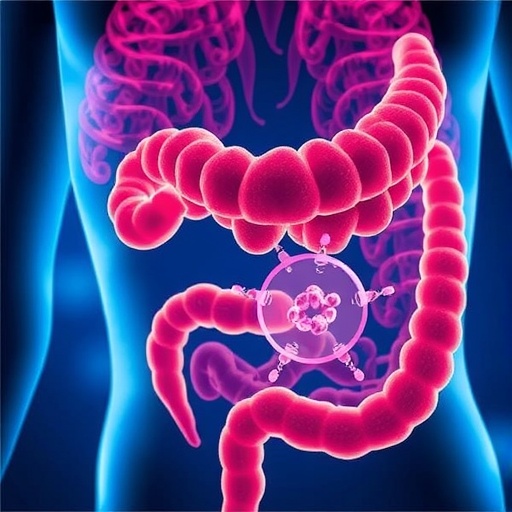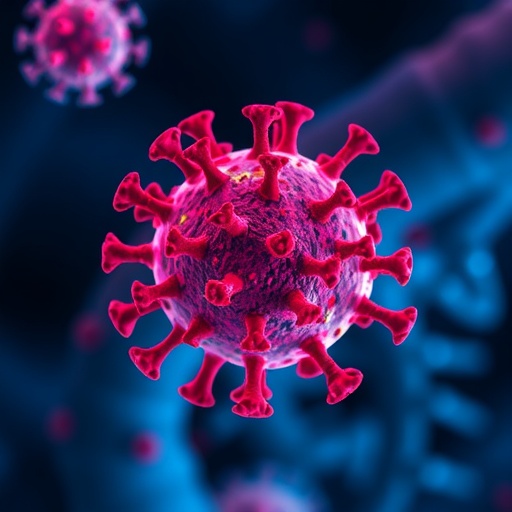A team of scientists from the Lobachevsky University Department of Solid State Chemistry under Dr. Evgeny Bulanov has developed a new method for obtaining bismuth-containing apatite and has studied its crystal structure and thermodynamic properties with the purpose of modeling the behavior of this material under service conditions.
Materials based on compounds with a crystalline structure of apatite have a wide range of applications: from fertilizers to ionic conductors. This is due to the fact that almost any element of the periodic system can be incorporated into the structure of such substances, which results in a change in the material's performance characteristics.
Hydroxyapatite with the formula Ca5(PO4)3OH is widely applied in the field of medicine as the basis for materials used to restore bone tissue. It is chemically and structurally similar to the bone's inorganic component.
The studies of this compound and its analogues have been conducted at the UNN Department of Solid State Chemistry for about 10 years. One of the latest achievements is the introduction of bismuth atoms into the crystal structure of the compound. Bismuth and its compounds exhibit antimicrobial activity, therefore, bismuth-containing apatite can be used to produce a material combining biocompatibility and antimicrobial properties.
To obtain the substance, a solid-phase synthesis scheme was proposed, which made it possible to substantially lower the temperature of the process as compared with the literature data. The refinement of the crystalline structure of the compound was carried out by the Rietveld method enabling the determination of the distribution of atoms along crystallographic positions. It is necessary to know this distribution for explaining subsequently the substance's properties.
Evgeny Bulanov, senior researcher at the UNN Department of Solid State Chemistry, emphasizes that in case of biomaterials it is important not only to find ways for obtaining a substance, but also to know how the material will behave under operating conditions.
"Thermodynamic modeling can give the answer to this question. The experimentally determined standard thermodynamic functions of bismuth-containing apatite will be used to analyze possible transformations of the substance already implanted into the human body. It is necessary for predicting possible negative consequences (destruction of the material caused by a change in its phase composition)," Evgeny Bulanov notes.
Lobachevsky University researchers have discovered a number of anomalous changes in the properties of the materials in the low-temperature region, which require further study: the formation of a superstructure in the region of 173 K, and an increase in the heat capacity at temperatures below 8 K.
###
The research was carried out by a team of the UNN Department of Solid State Chemistry in collaboration with colleagues from the Nanyang Technological University, Singapore. The results are presented in the article: Bulanov E.N., Korshak K.S., Lelet M.I., Knyazev A.V., Baikie T. Bi-apatite: synthesis, crystal structure and low-temperature heat capacity // Journal of Chemical Thermodynamics. 2018. V. 124. P. 74-78. DOI 10.1016/j.jct.2018.04.021
Media Contact
Nikita Avralev
[email protected]
http://www.unn.ru/eng/
http://dx.doi.org/10.1016/j.jct.2018.04.021




